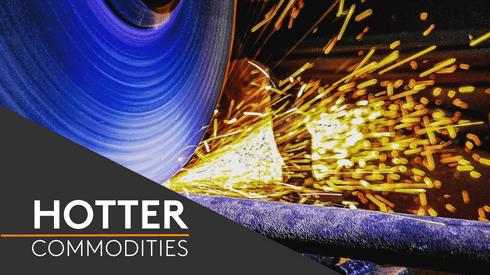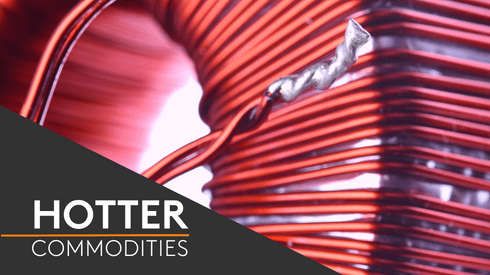The US proclamation — announced on February 24, the anniversary of Russia’s invasion of Ukraine — established a 200% ad valorem tariff on aluminium imports and extended the duties to products shipped from any country if those products were made using aluminium from Russia.
The 200% tariff on Russia-origin aluminium will take effect March 10, and products manufactured using any amount of aluminium cast or smelted in Russia will be affected from April 10.
According to sources, the ripple effect of this announcement could go far beyond just placing a higher tariff on aluminium coming directly from Russia, which is no longer a major supplier of US aluminium imports, given tariffs and other sanctions that have been implemented (and, in some cases, lifted) in recent years. Notably, however, that potential impact depends on whether the US can fully track Russian aluminium in products throughout the global supply chain.
The US imported 6.36 million tonnes of aluminium products in 2022, according to the data from the US Department of Commerce’s International Trade Administration. Russia contributed just 208,756 tonnes of that total; that is down slightly from 242,460 tonnes in 2021 and down sharply from 772,809 tonnes in 2017, before the first sanctions were imposed..
While shipments from Russia accounted for just 3.28% of US imports last year, it was not immediately clear how much Russia-origin aluminium was contained in products shipped from other countries.
Drop in LME cash price attributed to sell-off of Russian aluminium
In early February, market participants reported hearing chatter that the US would raise its tariffs on imports of Russian aluminium to 200%. At the time, US sources dismissed the potential increase — from 35%-plus, in some cases — as a “non-event.”
On Friday, most Fastmarkets sources still said they expect the announcement to have little to no effect on physical premiums to deliver aluminium to consumers, but many noted an immediate apparent reaction by those who trade the light metal more like a stock.
After the duty announcement, many of those participants sought to sell Russian aluminium holdings quickly on Friday, sources said.
The resulting drop in Friday’s cash price on the LME meant there was an unusual widening between the cash and the three-month contracts.
The aluminium cash price was trading at $2,295 per tonne at 5:40pm US Eastern time on Friday, down by almost $100 per tonne compared with the official close at $2,385.50 per tonne on Thursday February 23. The three-month price dropped by just $21 per tonne in the same comparison.
As a result, the contango widened sharply by $4.49 per tonne on Friday to $50.49 per tonne. That spread has increased by more than 20% over the past week, from $41 per tonne on February 17.
Already high interest rates are making it extremely difficult to finance metal, so anyone holding Russian metal would take this opportunity to get rid of it onto the LME
“The dropping cash price makes sense,” one US buyer source said. “Already high interest rates are making it extremely difficult to finance metal, so anyone holding Russian metal would take this opportunity to get rid of it onto the LME.”
Physical premiums unmoved, but warrants may be affected
Fastmarkets analysts echoed the sentiments shared by many market sources, indicating that they expect very little effect on the premiums for physically traded aluminium, even with US tariffs now extended to a much wider array of imports.
Fastmarkets assessed the aluminium P1020A premium, ddp Midwest US at 28.50-30.50 cents per lb on February 24, flat for the second assessment in a row despite the tariff news.
Some North American producers even lowered their premiums on Friday from offers made a week ago, a second buyer source reported.
“I think this half-cooked idea has little merit, so [premiums] will stay the same,” a trader source, who sells aluminium in the US and Europe, told Fastmarkets.
A major supplier agreed, saying: “The announcement today is quite vague. The US government has many things they must define before we can know the impact.”
Overseas manufacturers and some US market niches are most likely to be affected, sources said.
“This development will probably affect warrants more than premiums as people favor Western producers’ aluminium,” the first US buyer source added.
Buyers use warrants as a means of securing their preferred metal when purchasing from the LME.
“It’s more symbolic than anything else,” the first buyer said. “I don’t think there’s that much Russian aluminium coming here as products or anything else.”





